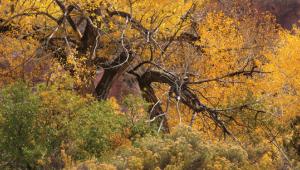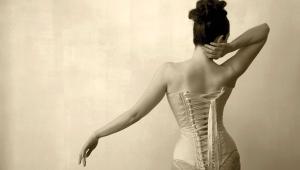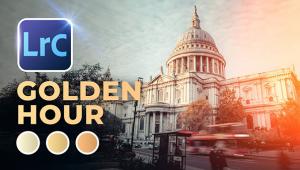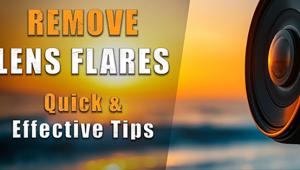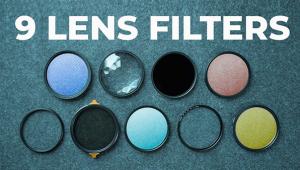Bil Zelman Shapes His Light; He Adds And Subtracts Light For Added Dimension Page 2
Client: Blackstone Winery |
|
 |
|
|
“I tend to shoot film less with fast-paced commercial assignments and more when I’m shooting musicians, where I have longer lead times,” Zelman notes. “In fact, it’s rare that I do a commercial assignment where the creative team doesn’t insist on leaving the shoot that day with all the JPEGs on a thumb drive so that they can start reviewing the images on the flight back.” Toward this end, Zelman has a digital tech on set just to manage the digital files during the shoot.
Lighting Beyond Ambient
“I keep a small amount of lighting—small meaning 10,000 ws and 500 lbs of grip gear—that I pack into a cargo van when not flying. For some jobs that feels like a lot, but for most of my jobs it feels like very little.” The key, he points out, is not to use all that light for its own sake but to employ more lights and more power packs at lower output to drive the pace of the shoot through faster recycling. His lights include Dynalite and Speedotron’s Black Line. “When we travel, we usually rent Profoto.”
Client: Taylor Guitars |
|
 |
|
|
He continues: “I don’t use softboxes very much. However, I do use an Elinchrom Octabank quite a bit.” More important perhaps is the entourage of black cloths and white silks that he brings to a shoot to help shape existing light and any added lighting. He may, for example, aim several umbrella lights through a 12x12-foot silk (suspended inside a frame) to provide the needed atmosphere. Each strobe head is driven by a separate power pack for faster recycling. He may also employ Mola beauty dishes (www.mola-light.com). “Those are pricey but really gorgeous light shapers.”
Client: Shure Headphones Division |
|
 |
|
|
Zelman also has a full set of hot lights—Mole-Richardsons and Arris (www.mole.com; www.arri.com/lighting). “I use the hot lights when I want to beef up the ambient light or when dragging the shutter (with relatively long exposures) so I don’t get that frozen look.” He’ll also employ hot lights when backlighting smoke or with a fog machine. “You can see if you need more smoke in the room and where shadows are falling.” These hot lights came to the fore on a magazine assignment. One shot involved creating a dramatic scene of a young woman caught in the rain. Zelman hired a rain truck and, because of a tight budget, produced the shot in his driveway. Dragging the shutter helped him capture the backlit rain as streaks.
- Log in or register to post comments




